|
[This was originally presented at the American Folklore Society Annual Meeting in 2019 in conjunction with what I wrote about Het Koto Museum in Suriname. Mr. Francis died in 2020 and the original museum building was damaged by Hurricane Ida, but they gained a new home in July 2022. However, I’ve kept the piece in present tense as I wrote it at the time.]
1 Comment
But as I flipped through the book, I was keeping an eye out for photos and descriptions of music, dance, instruments, and religion.
We walked down a quiet street in central Paramaribo and I checked the map on my phone to make sure we were in the right place. We arrived at a well-kept but unassuming green and white house, a house that has become home to the tradition of Koto Misis. Here, Christine Van Russel-Henar is preserving and documenting the clothing of Afro-Surinamese women, and preserving a tradition and a culture. One of the first things I saw when I entered was a photo of Van Russel-Henar’s mother, grandmother, and great-aunt in koto outfits from around the 1920s. Although the photo is black and white, you can still see the patterns, and the mannequins that fill the room let you see the rich and bold colors of the kotos. They wear large skirts, structured jackets, and elaborately-tied headscarves. The women who bear this tradition are called Koto Misis, and the koto outfits originate in the ritual dramas like the banya prei.
The banya is a ritual play that combines song, dance, and role-playing in a religious ceremony to establish contact with ancestors, spirits, and gods. This developed into the du, which included secular or non-religious plays.
New York, 1952 The smell of books lingered in the air as card catalog drawers clinked closed and creaked open. Dena Epstein walked through the golden light bouncing off the stone walls. She might have felt at home in any library, even if she had never been there before. On this day in 1952, she found herself in the New York Public Library, a monument to curiosity and learning in the heart of Manhattan. Dena had studied music and library science, and had worked as a music librarian. At thirty-six years old, her career as a librarian was temporarily on hold as her husband worked a government job and she took care of their children. Not working in a library didn’t seem to suit Dena, though. She wanted to engage her mind, she wanted to have interesting things to think about. Unanswered research questions nagged her. One of those questions made her come to the library from her home in New Jersey.
“‘Getting Up Cows,’ that’s what it’s called, ‘Getting Up Cows,” William Adams said. “An old fella played that. He was a cracker-jack old fiddler, though, I don’t believe he could beat me….” Mike Seeger hadn’t come to the neighborhood to record Adams initially, but now he wanted to hear any tune the Black fiddler could remember, even if he forgot it halfway through or couldn’t remember the name. “I forget how that goes, though, I haven’t played that since a long time ago,” the 72 year-old Adams continued before he put the bow on the fiddle’s strings and hesitantly pulled the tune from deep in his memory. In the end, it sounded like he might have just last played it a week or a year ago, not some 20-odd years earlier.
This field recording wasn’t taken in some rural hamlet or deep holler, it was less than five miles from Seeger’s home in the well-to-do suburb of Chevy Chase outside Washington, D.C. And yet in 1953, when Seeger stepped into Adams’s neighborhood of KenGar, segregation left this community so separate from the white towns and neighborhoods surrounding it, a white person might drive by without even knowing it was there.
I've been asked to be on a panel at SXSW - but we need community votes to make it to the event! I've been asked to be on The Banjo Project: A Digital Museum's panel at South by Southwest (SXSW), along with curator Marc Fields and the amazing musicians Dom Flemons and Tony Trishka. However, we need community votes to make it to the next round of selection!
Click here to learn more about the project, register, and vote.
Although it didn't end up helping me with that research, Tucker's opinions about the abolition of slavery struck me. Here was a man, standing up in front of the Virginia legislature, calling out Thomas Jefferson specifically and calling the United States more or less a bunch of hypocrites.
I spent February at the James Ford Bell Library at the University of Minnesota in Minneapolis on a William Reese Company Fellowship, looking at the papers of Captain John Gabriel Stedman and investigating the banjo's early history in Suriname and the Caribbean.
Inspiring women, innovative approaches to living and learning, and pioneering social justice work: sound like something from the #metoo or #TimesUp movements? Maybe, but it was also how women at the Hull-House in Chicago lived and worked over 100 years ago. While I was in Chicago in February, I had a chance to visit the Hull-House and be totally amazed by these women, who I already knew a little bit about. Here is a tour and brief history of the settlement house.
|
Come in, the stacks are open.Away from prying eyes, damaging light, and pilfering hands, the most special collections are kept in closed stacks. You need an appointment to view the objects, letters, and books that open a door to the past. Archives
April 2023
Categories
All
|
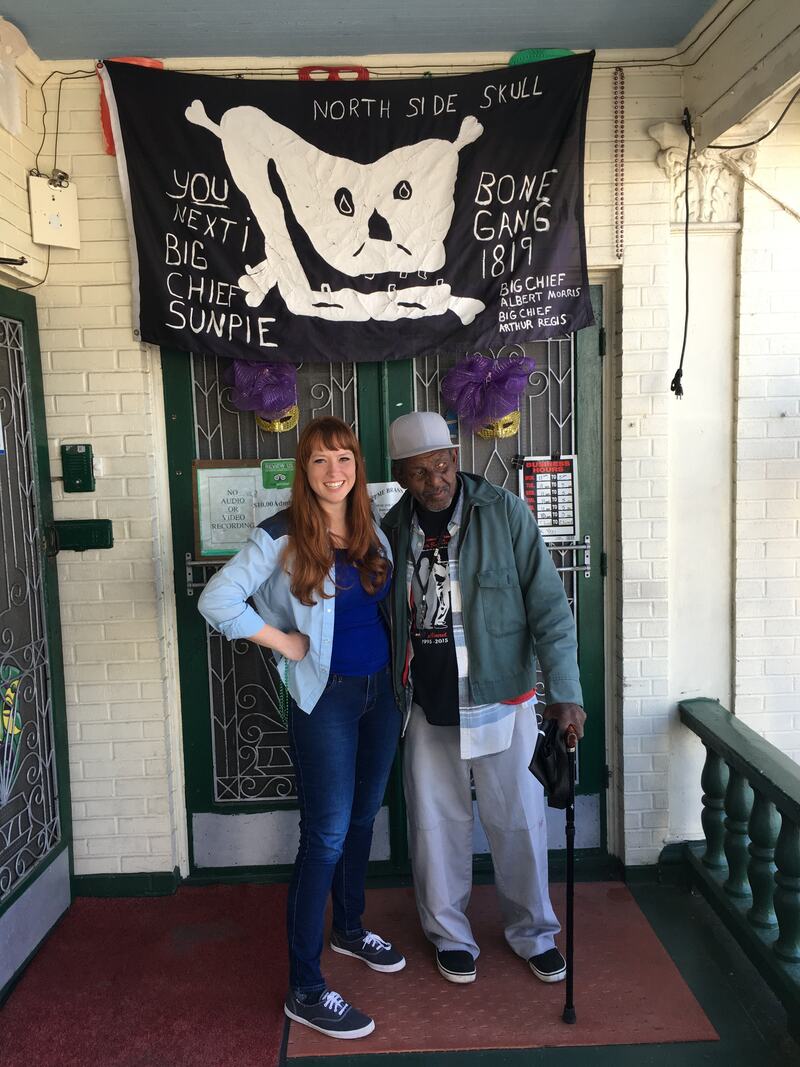
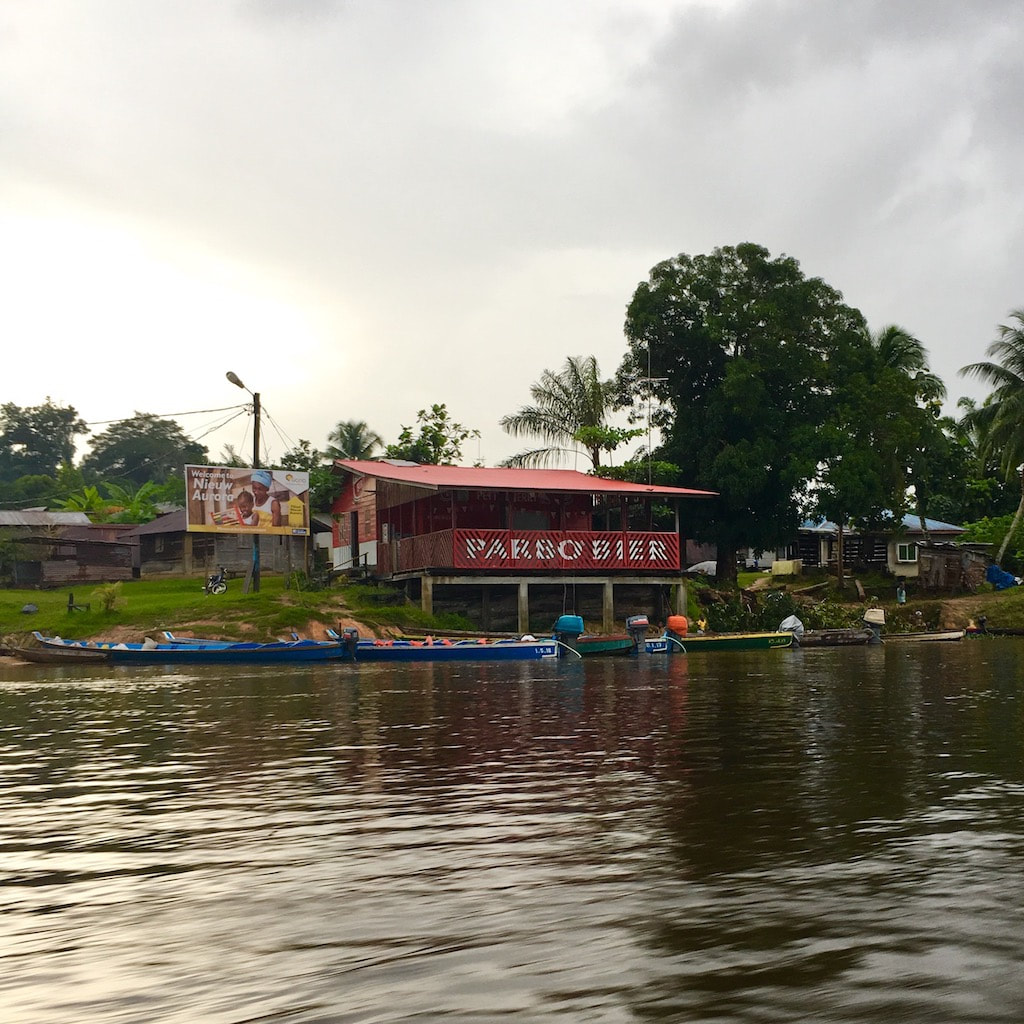
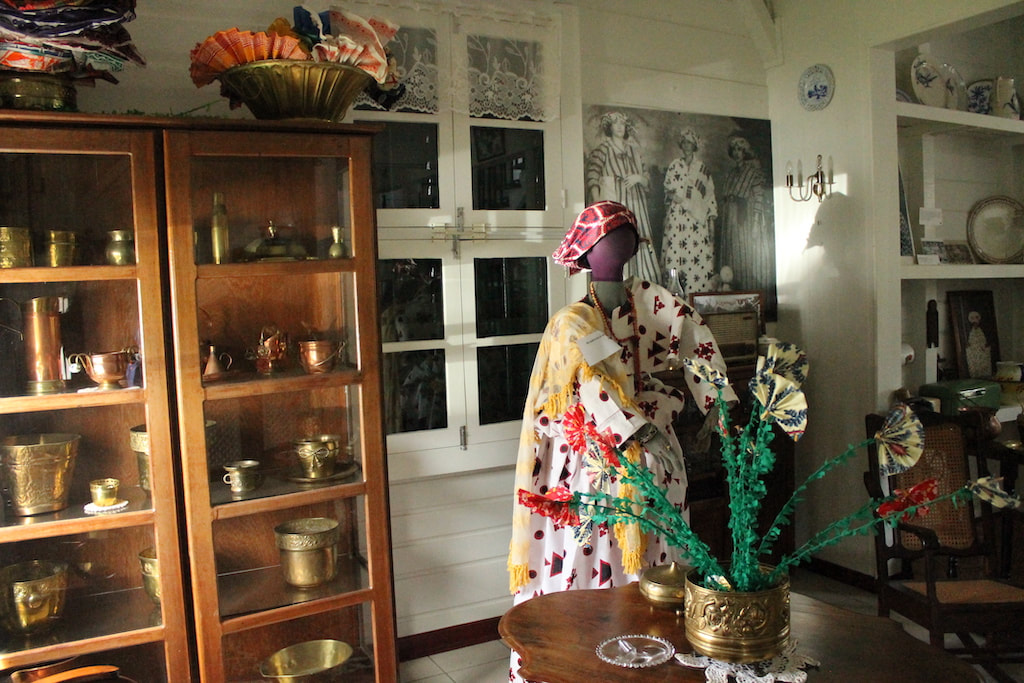
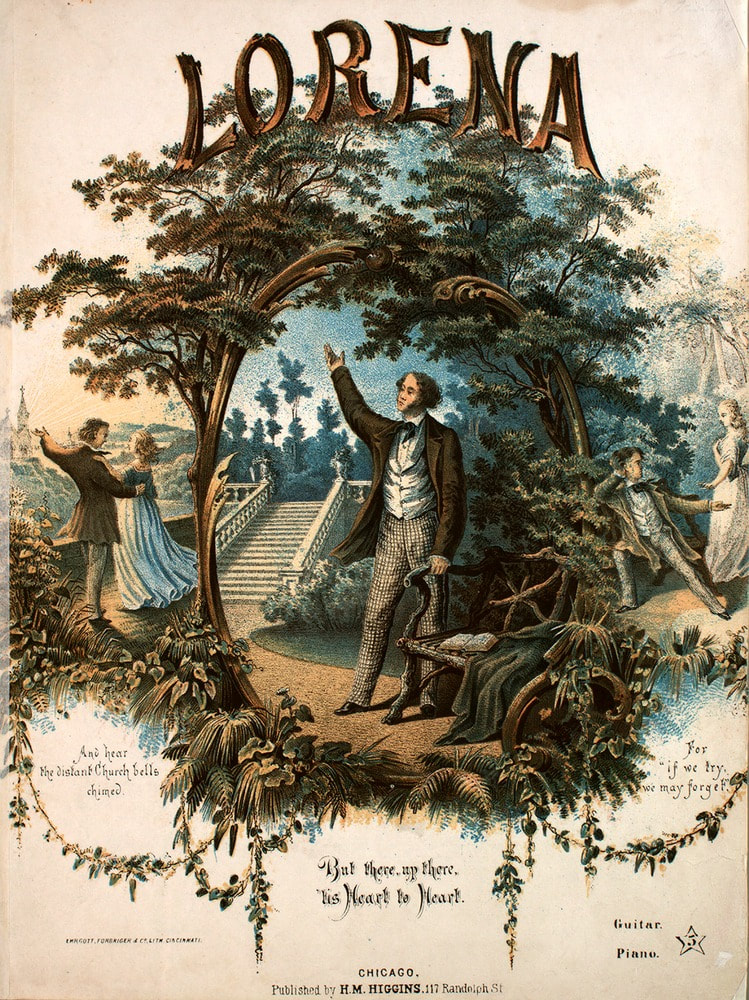
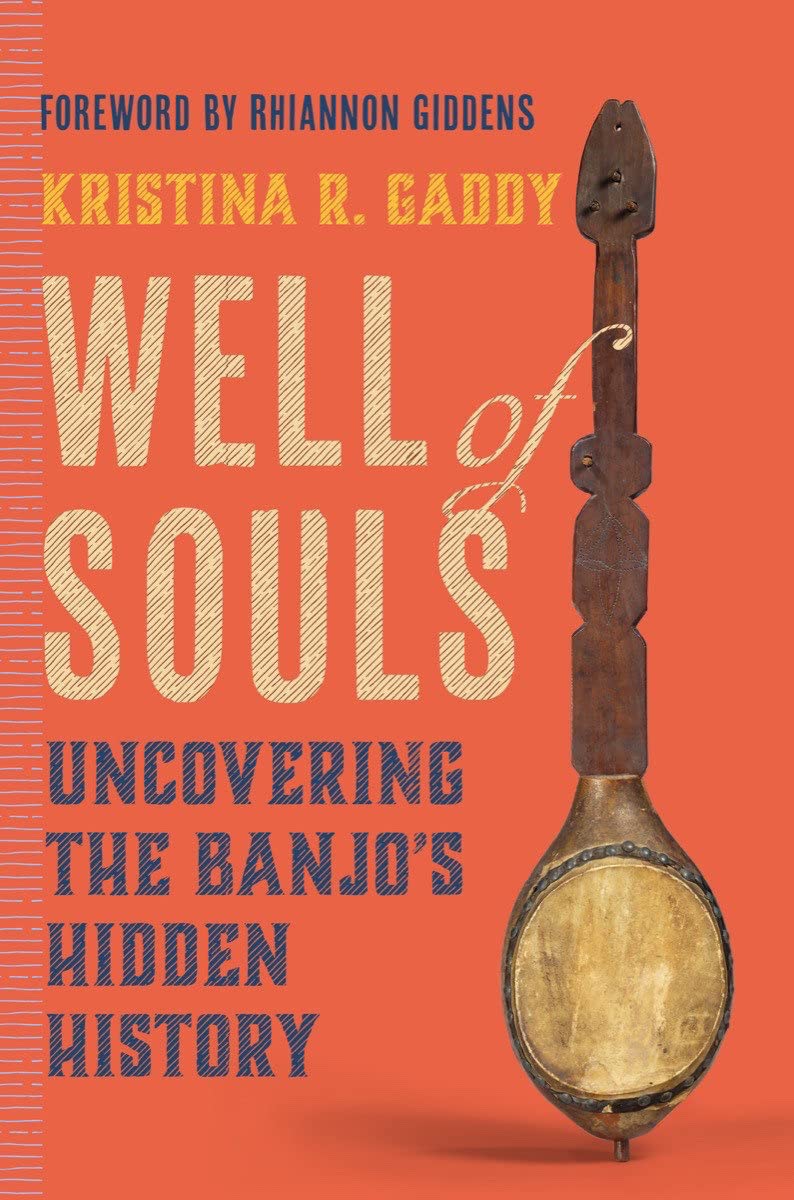

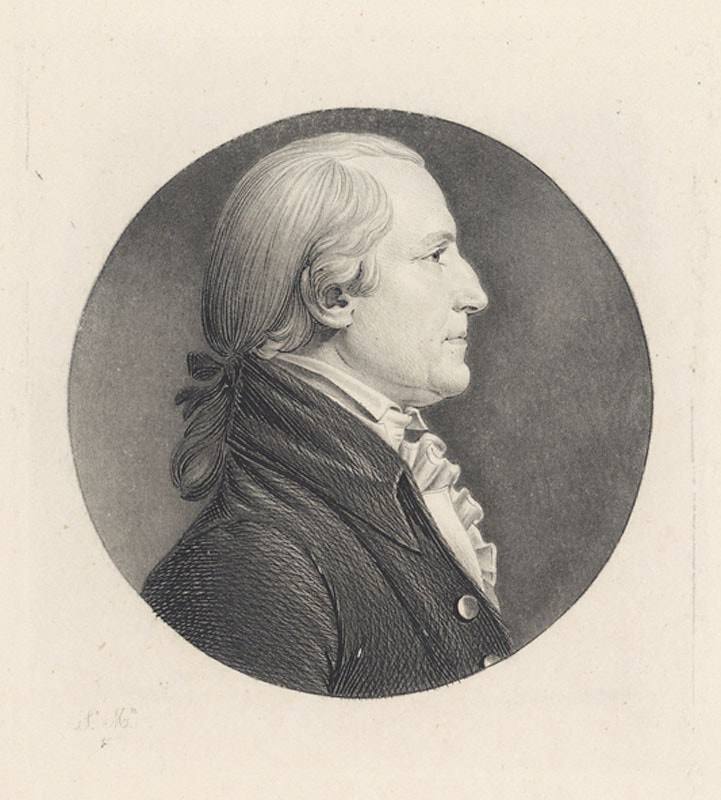
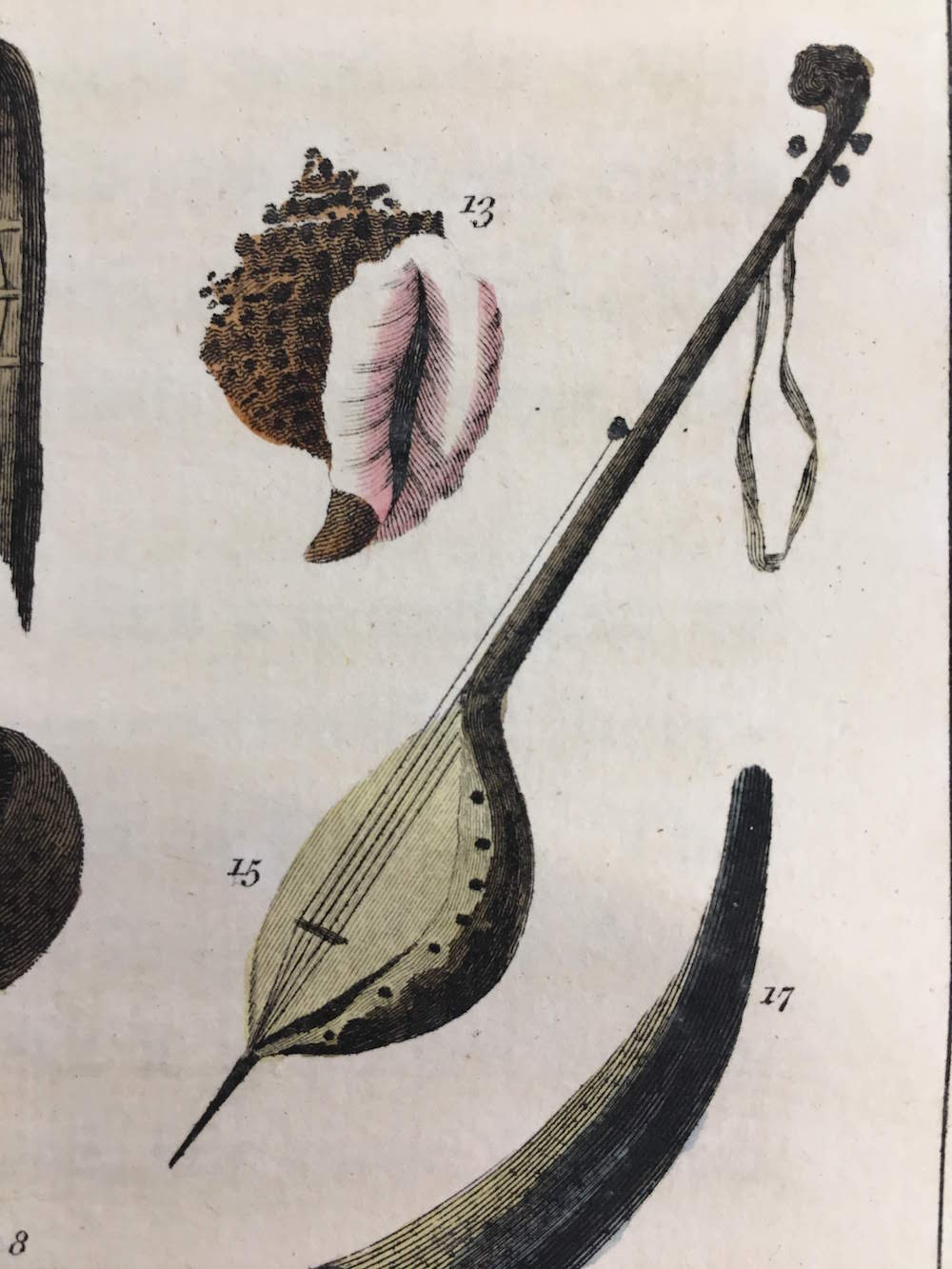
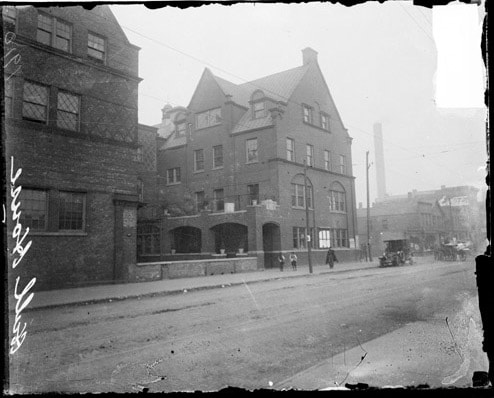

 RSS Feed
RSS Feed